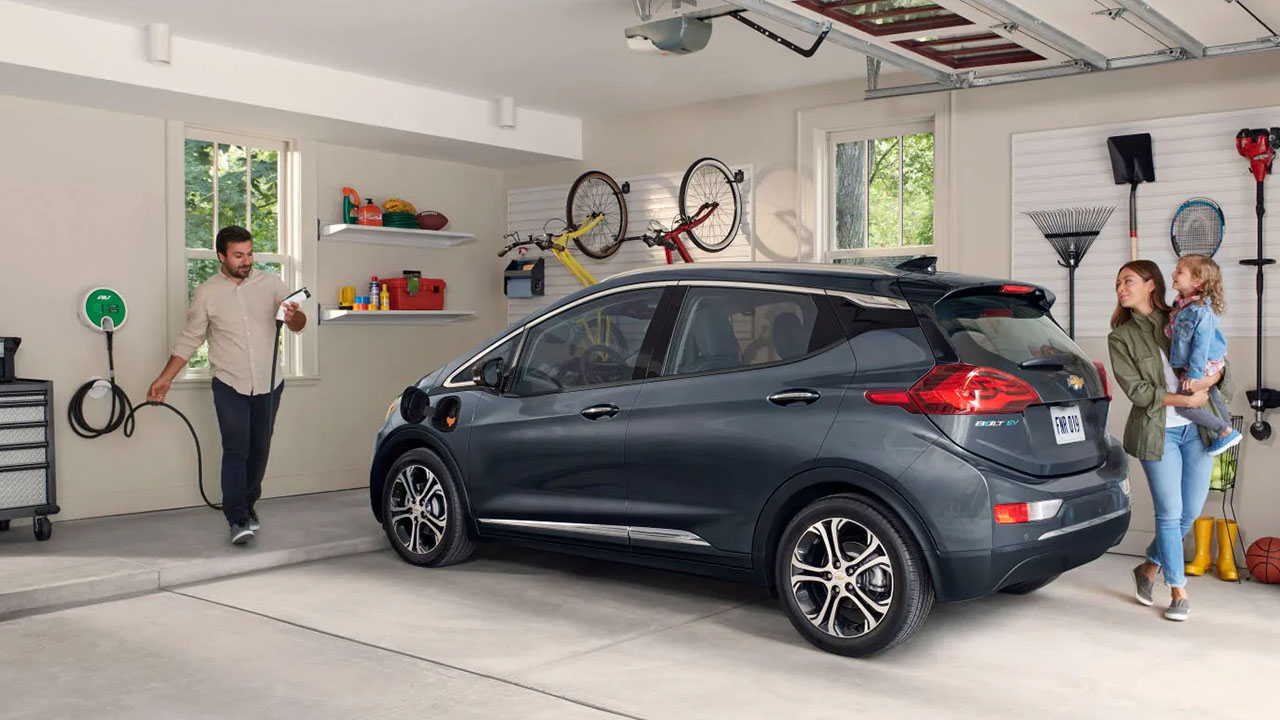Electric vehicles are becoming more popular day by day, and with this trend, the number of charging stations is increasing. However, in some cases, especially in certain regions, it may be difficult to find a charging station or vehicle owners may not want to incur an additional cost for using the station. At this point, questions from electric vehicle owners about home charging possibilities and costs come to the fore. We conducted a detailed review to answer these questions.
How to Charge Electric Vehicles at Home?
Electric vehicles are often built to support more than one charging method. Each vehicle has chargers with different input technologies. The most commonly used method for charging at home is to ensure that the vehicle’s charging socket is compatible with the sockets at home. In this way, homeowners can charge their vehicles from home sockets.
Another type of charger is those that are generally compatible with charging stations. In addition, thanks to the V2L (Vehicle to Load) system, which is only available in limited models, vehicles can be connected to each other and energy transfer can be made.
What are the Ways to Charge an Electric Vehicle at Home?
Charging an electric vehicle at home is quite simple. Plugging the charger into an outlet is sufficient to charge the vehicle. However, since the vehicle is often outside the house, it is also possible to use an extension cable or create a charging point in a private garage to use the charging socket.
Electric vehicles often have high-capacity batteries, so charging using a regular household outlet can take a long time. However, most vehicles support fast charging technology, and thanks to this technology, vehicles can be charged in a shorter time. Charging stations are needed for fast charging.
How to Set Up a Charging Station at Home?
Setting up a charging station at home is a convenient way to quickly charge the vehicle. However, it is often difficult to install a charging station at home with your own means. Therefore, it may be more practical to resort to alternative methods such as contacting a company or using a mobile charging unit.
Fixed Wall Mounted Charging Unit: These charging stations, installed at a certain point by an electronics company, provide the opportunity to charge the vehicle faster than standard sockets. However, it has the feature of charging the vehicle only at a certain point.
Mobile Wall Mounted Charging Unit: Mobile charging units are a practical solution for those who want to charge at home. Their portability allows them to be easily moved to the desired location. They can work by plugging into standard sockets.
How to Charge an Electric Car at a Charging Station?
As the number of electric vehicle charging stations increases, it has become easier to charge the vehicle at these stations. Charging can be done by going to the station and connecting the vehicle to a compatible charger. There is a choice of slow or fast charging options. However, this service is usually offered for a fee. While slow charging is more affordable, fast charging offers a faster charge.
What is the Cost of Charging an Electric Vehicle at Home?
The cost of charging at home varies depending on the unit price of electricity in your region and the price tariff of charging stations. To calculate the cost of charging an electric vehicle at home, you need to consider the total amount of energy your vehicle needs and the unit price of electricity.


